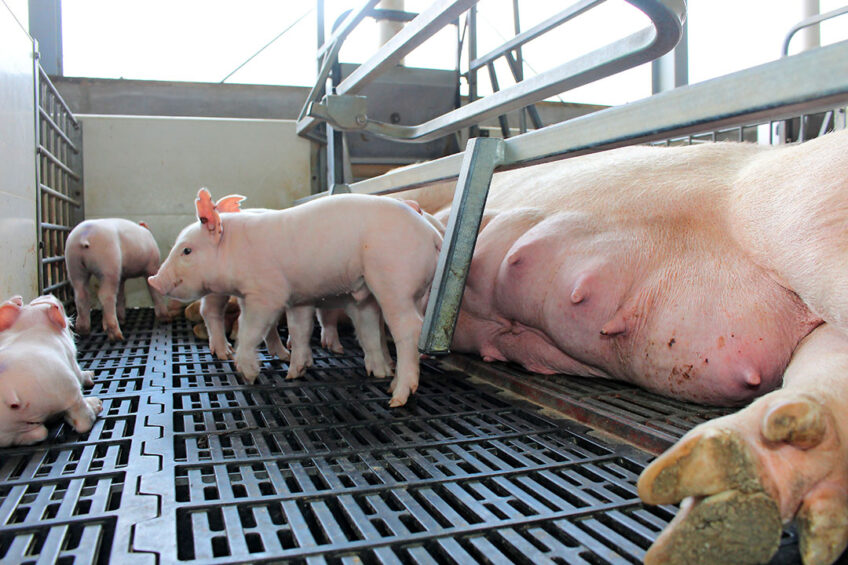ASF Philippines: Pork imports on a rise

For the Philippines, the African Swine Fever outbreaks in recent years have led to a significant decline in pork production, pushing pork imports to a record high. Meanwhile, the Philippines government is reinforcing strategies to promote its local production and stabilise the market.
A recent GAIN report by the United States Department of Agriculture (USDA) highlighted that, due to ASF, the Philippines’ pig population has been cut by more than 3 million, from 12.7 million in January 2020 to 9.7 million in January 2021, as recorded by the Philippine Statistics Authority (PSA).
The USDA wrote, “As some attempts to repopulate are being made, producers have generally remained cautious due to absence of a commercially available vaccine, which remains in trial. The latest report by the PSA notes that total pork production declined 25.8 % from January to March 2021 compared to the same period in 2020. Based on trade trends and improved market access, pork imports through April 2021 have reached 195,300 MT, up 400 percent year-over-year.”
Those numbers were also quoted by the newspaper Manila Bulletin.
The ASF status of the Philippines
In May this year, president Duterte declared a ‘state of calamity’ due to ASF, which authorises additional funds and resources to combat the disease, address the supply deficit, and reduce retail pork prices. However, a Philippines Department of Agriculture (DA) report indicated a decline in active ASF cases, although many parts of the country remain categorised as infected.
The Philippine Statistics Authority report showed a gradual decline in pork production from the first quarter of 2020 to the 1st quarter of 2021.
Following a rapid run up in prices tied directly to the disappearance of local pork production and thereafter moves by the government to modify market access to arrest continued pork inflation, prices are stabilising, though they remain near all-time highs,” the USDA report added.
The government’s financial support and tariff intervention
To boost production, DA launched a US$ 610 million programme focused on pig repopulation, promoting pig producers to return to business, while strengthening biosecurity to control the spread of the pig virus. To encourage backyard and semi-commercial producers in virus-free areas, the DA Agricultural Credit Policy Council will offer a US$ 10.3 million loan programme, payable in 3-5 years without interest. The commercial producers will be allocated US$ 555 million.
Lowered tariffs
In efforts to control prices while meeting the supply demand, the Philippine government lowered both in- and out-quota pork imports tariff rates. Late June, the DA released the guidelines for the Minimum Access Volume (MAV) or tariff-rate quota for pork, specifying how the additional volume of 200,000 million tonnes will be implemented. The DA report stated that, up to 70% of the additional MAV will be available from July to October 2021, with the remaining 30% eligible from November 2021 through January 2022.
Additional 200,000 tonnes of pork imports
During a briefing, William Dar, agriculture secretary said, “We thank our colleagues in president Duterte’s cabinet for issuing the MAV scheme, that states the guidelines on how the additional 200,000 metric tonnes of pork imports will be utilised.” News agency Reuters reported that the Philippines plans to increase pork imports this year to roughly 400,000 tonnes, more than double the initial proposal.
According to Reuters, the tariff for pork imports during the first 3 months is cut to 5% from 30% currently, and to 10% during months 4 to 12. For pork imports outside the quota scheme, the tariff will drop to 15% during the first 3 months from 40% currently, and to 20% for the remainder of the 12-month period.












